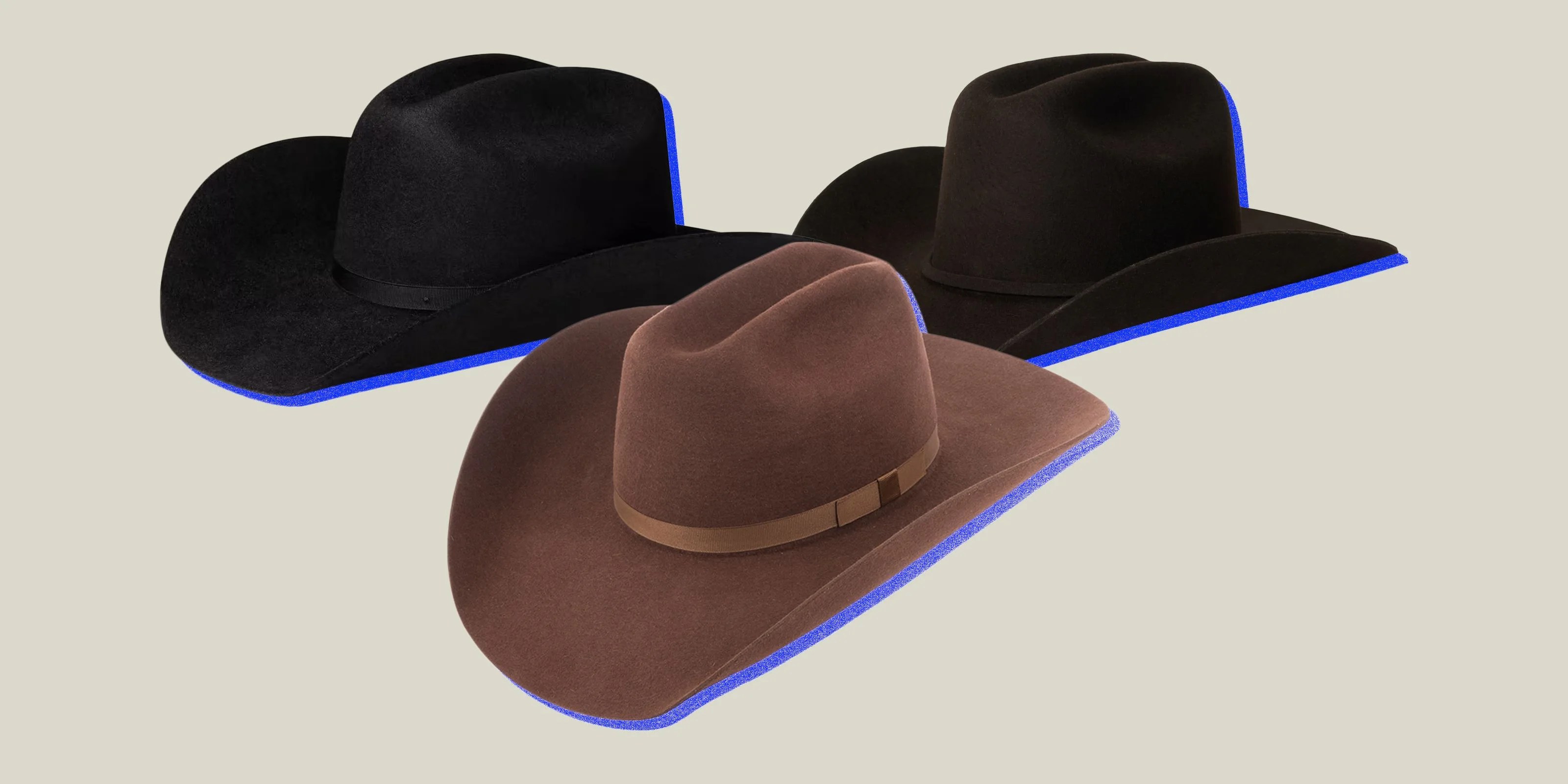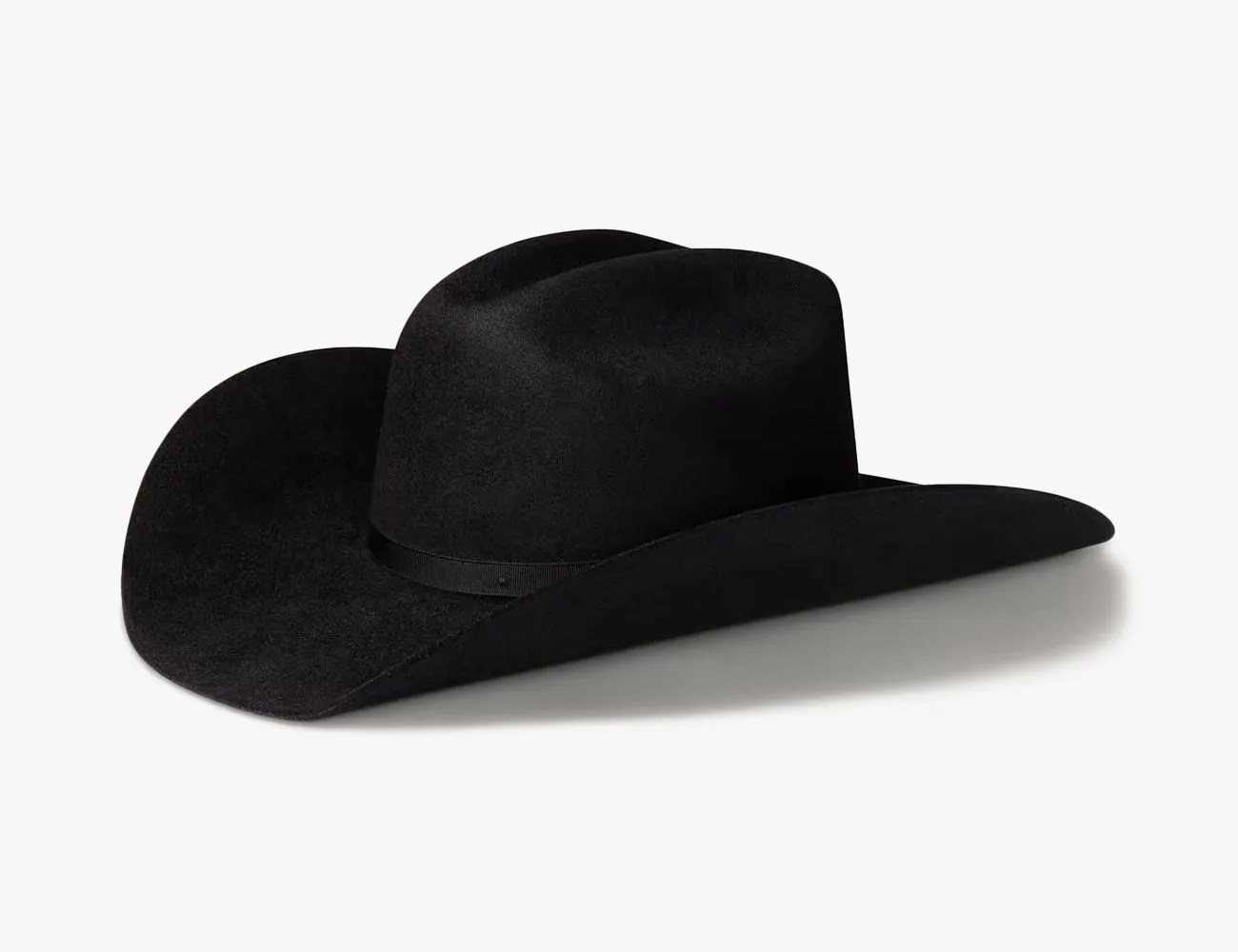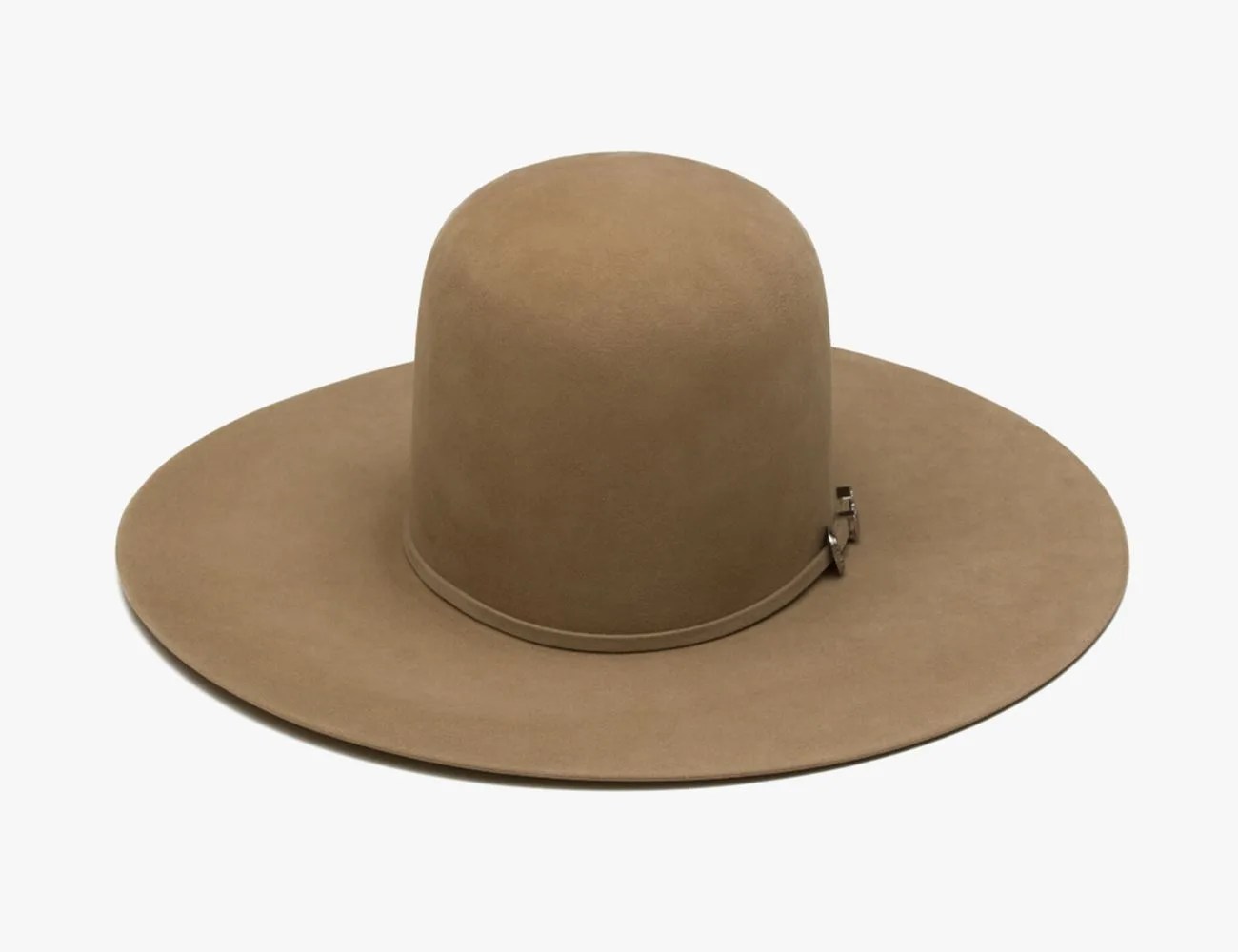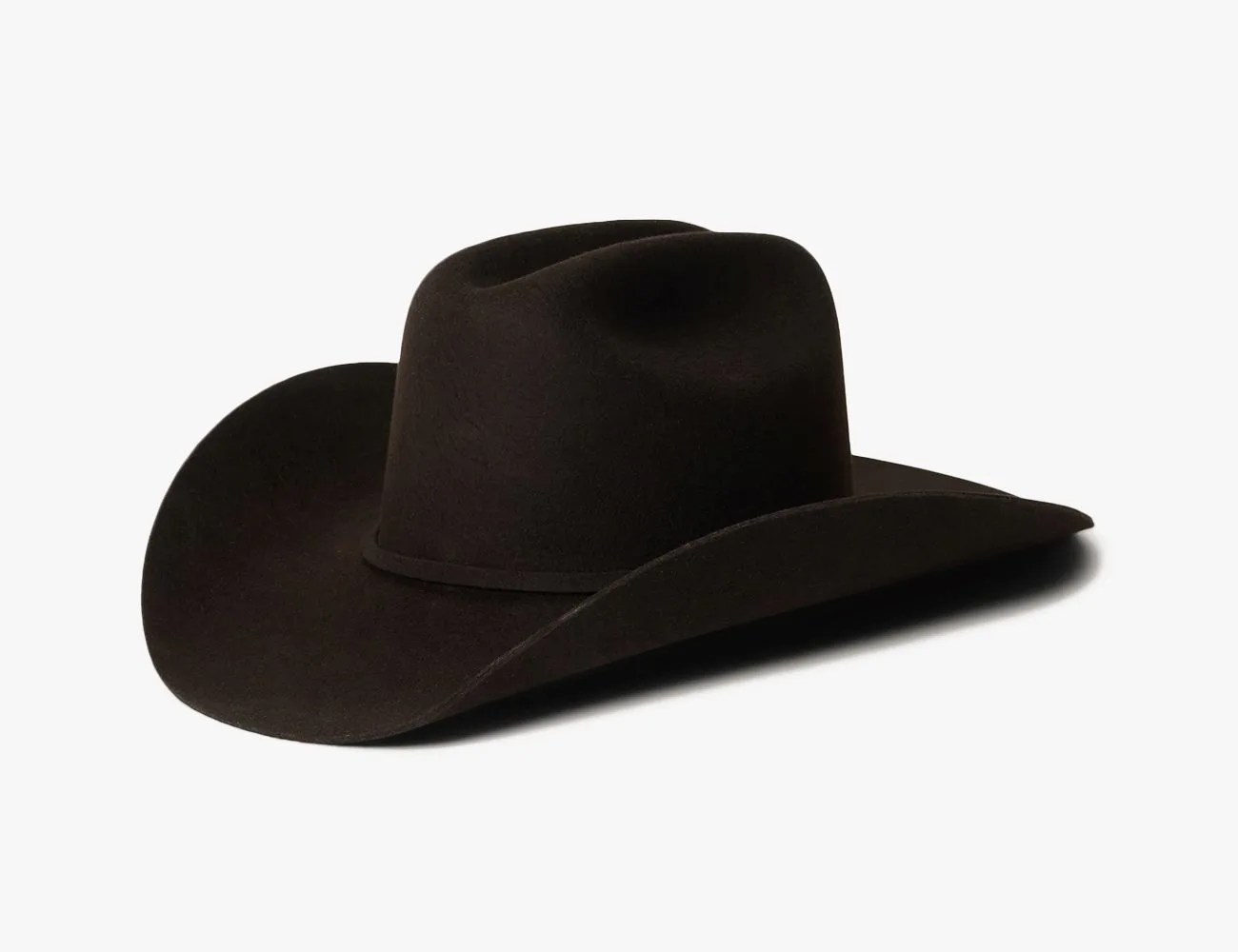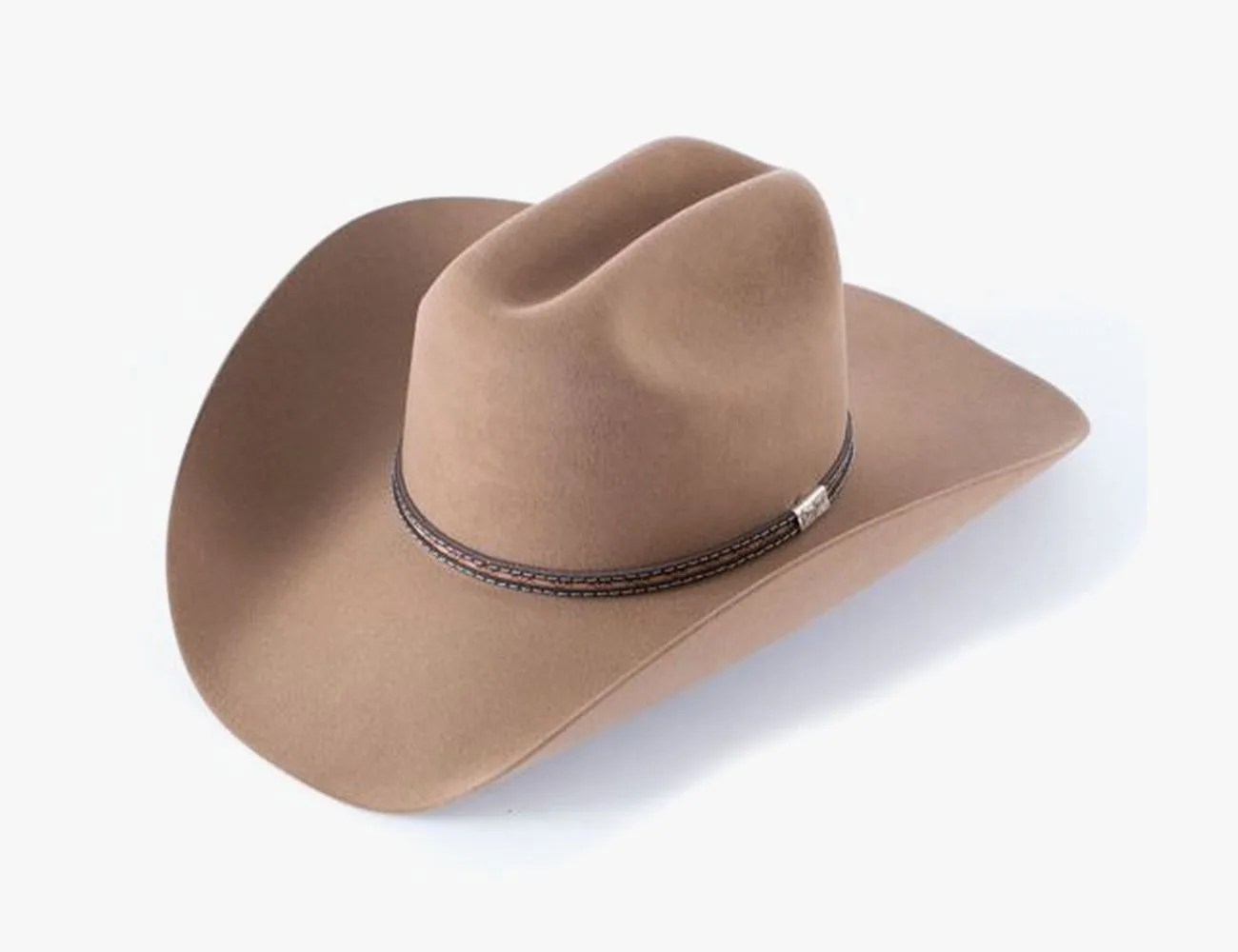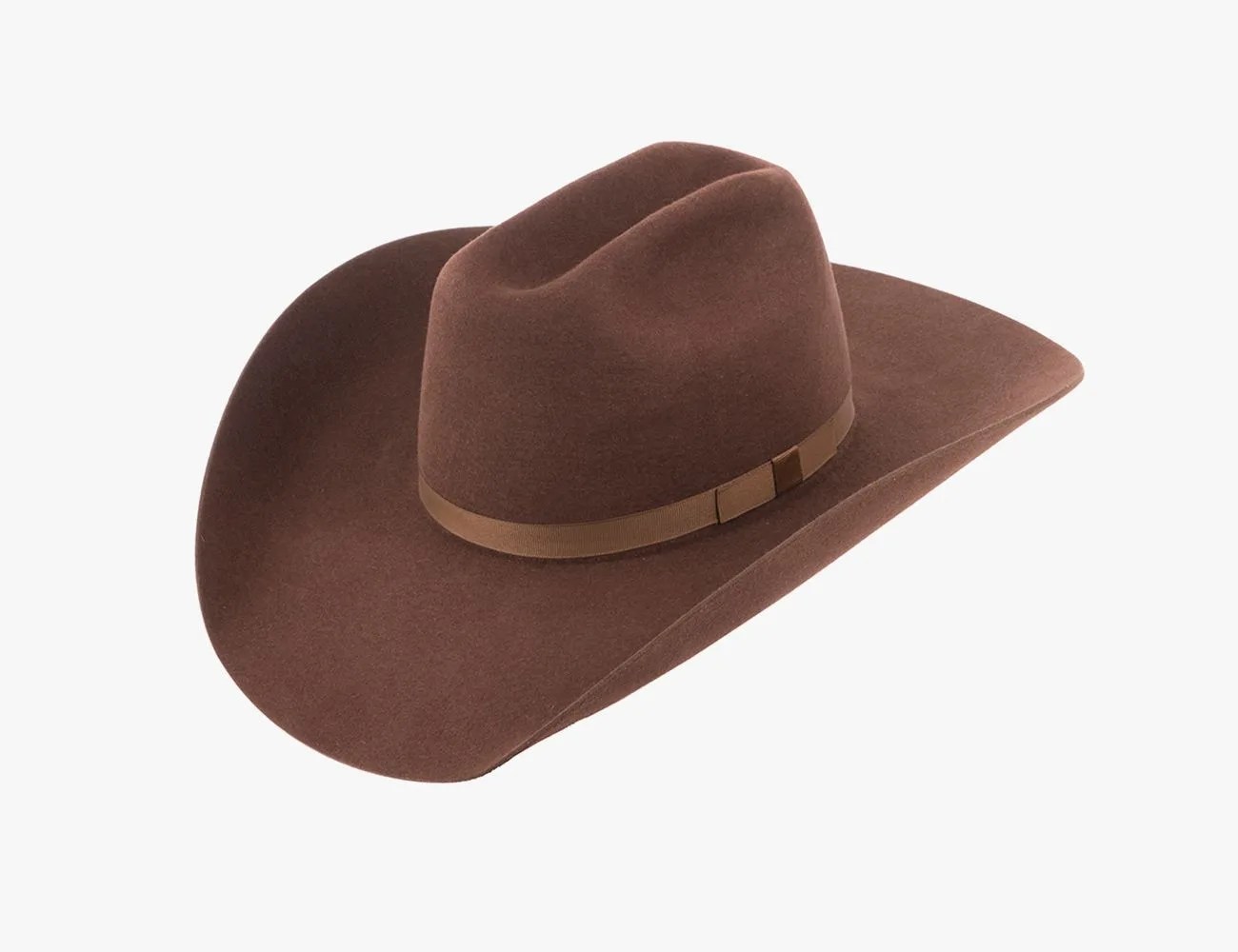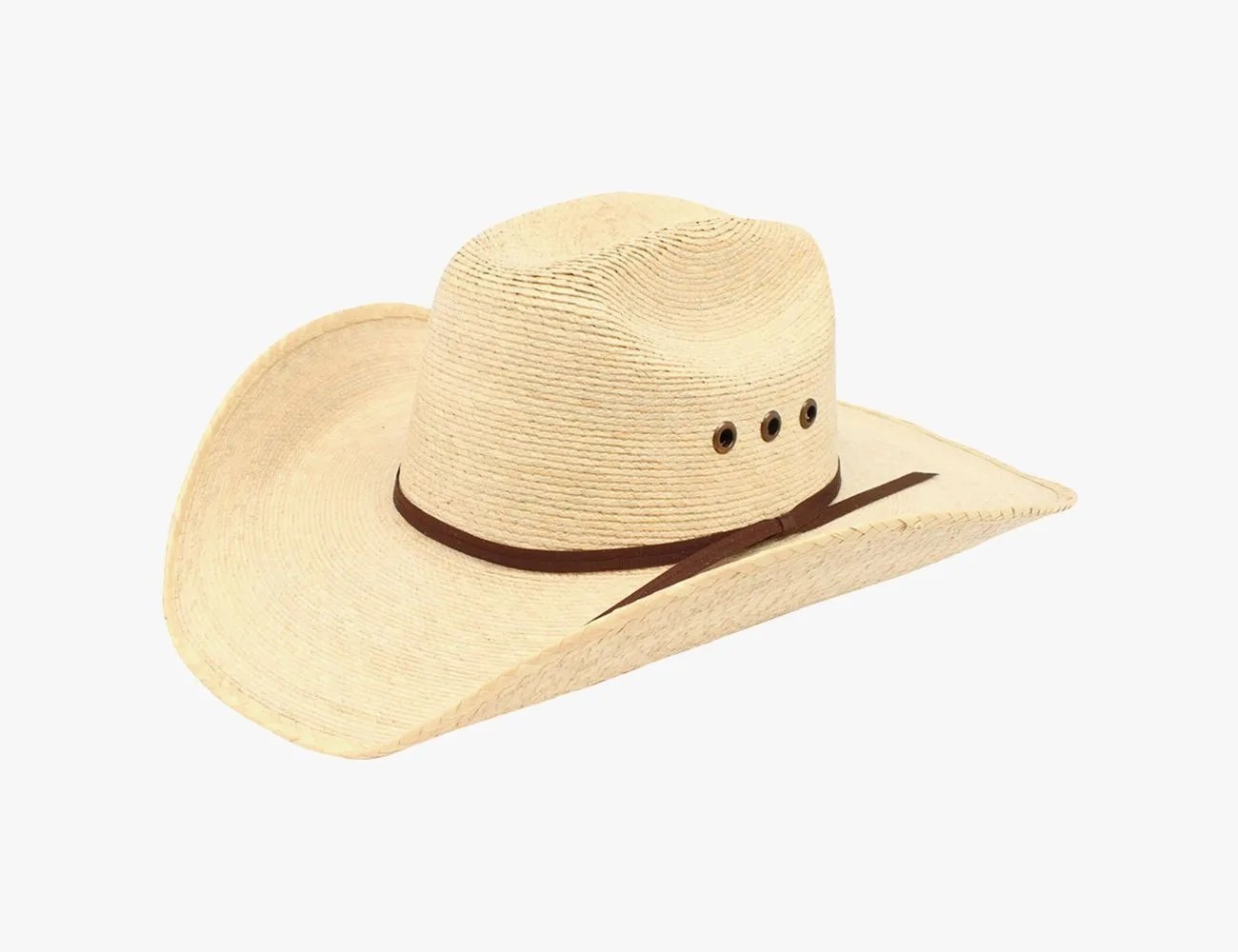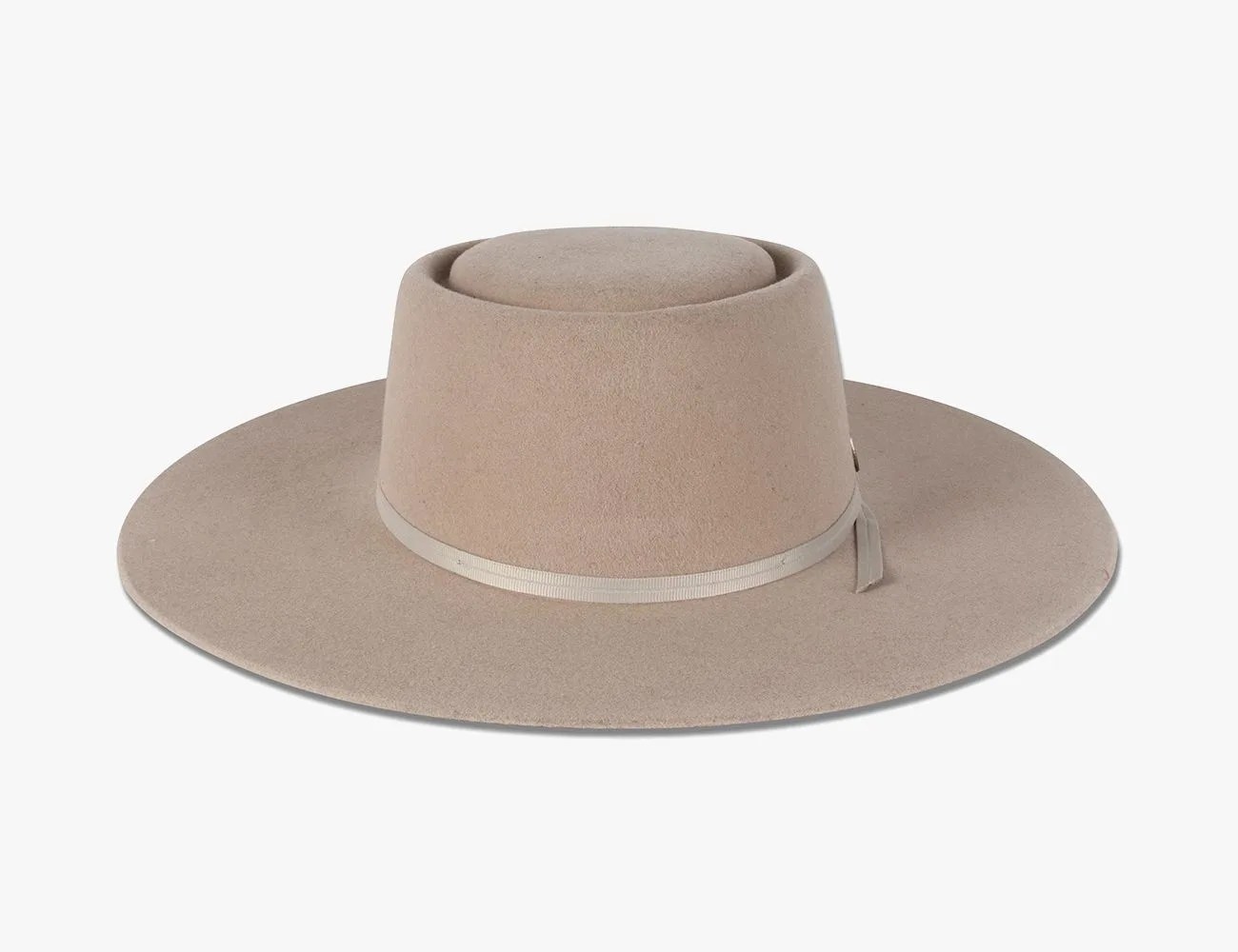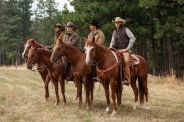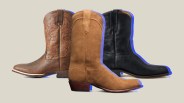In an open plain, where there’s no shade to block the beating sun, a cowboy hat proves essential (along with a pair of cowboy boots and the right work pants). Cowboy hats, with their taller crowns and wide brims, protect the wearer from the sun but also rain or snow, dust and wind, and other debris.
Nowadays, though, they’re just as much a style statement as they are a shield. Cowboy hats are a staple on city streets, at concerts and music festivals and every few bars, too. They’re no longer relegated to the ranch.
Products in the Guide
-
Tecovas The Ranchman
Best Overall Cowboy Hat
Read more -
Greeley Hat Works Agave Competitor Hat
Best Upgrade Cowboy Hat
Read more -
Stetson Corral 4X Cowboy Hat
Best Affordable Cowboy Hat
Read more -
Resistol George Strait Ocho Rios
Read more -
Burns 1876 Cattleman
Read more -
Ariat Natural Palm Tophand Hat
Read more -
Seager Hat With No Name Silverbelly
Read more
Cowboy Hat History
Cowboy hats are generally considered an evolution of the crowned sombrero, which Mexican Cowboys, known as Vaqueros, wore. They were wide-brimmed, sat similarly on the head and were a way to keep the sun, but also wind, dirt and other debris, from reaching your brow.
But the first official cowboy hat came in 1865, courtesy of Stetson. The lightweight, all-weather hat — nicknamed the Boss of the Plains — was a Beatnik-style design with a flat brim and an open crown. This was cowboy style, mainstreamed, and custom orders (plus actual use) introduced features like the pinch, crease and bent brim. Personalized twists were easy, especially since felt fabric becomes malleable when exposed to steam. You can shape it until it cools.
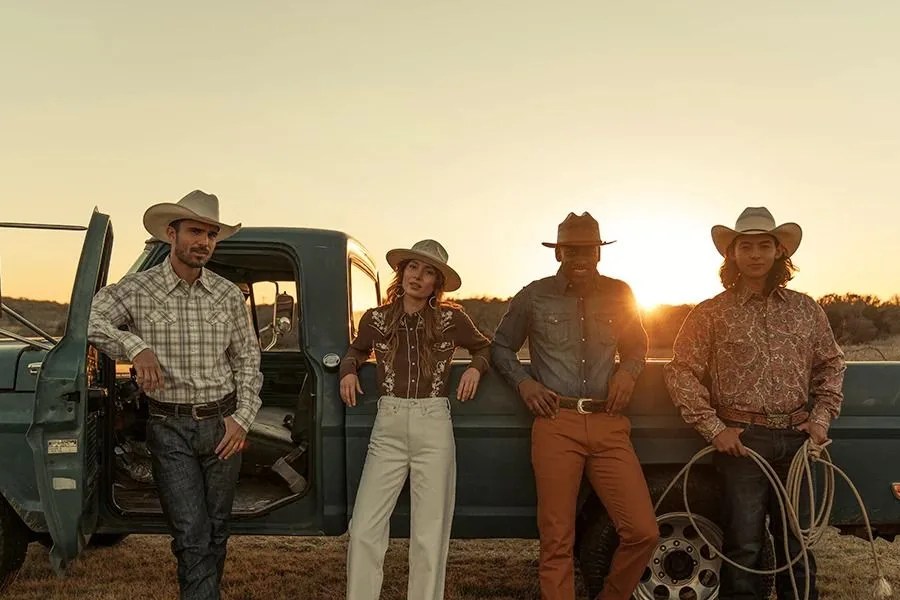 Stetson
Stetson